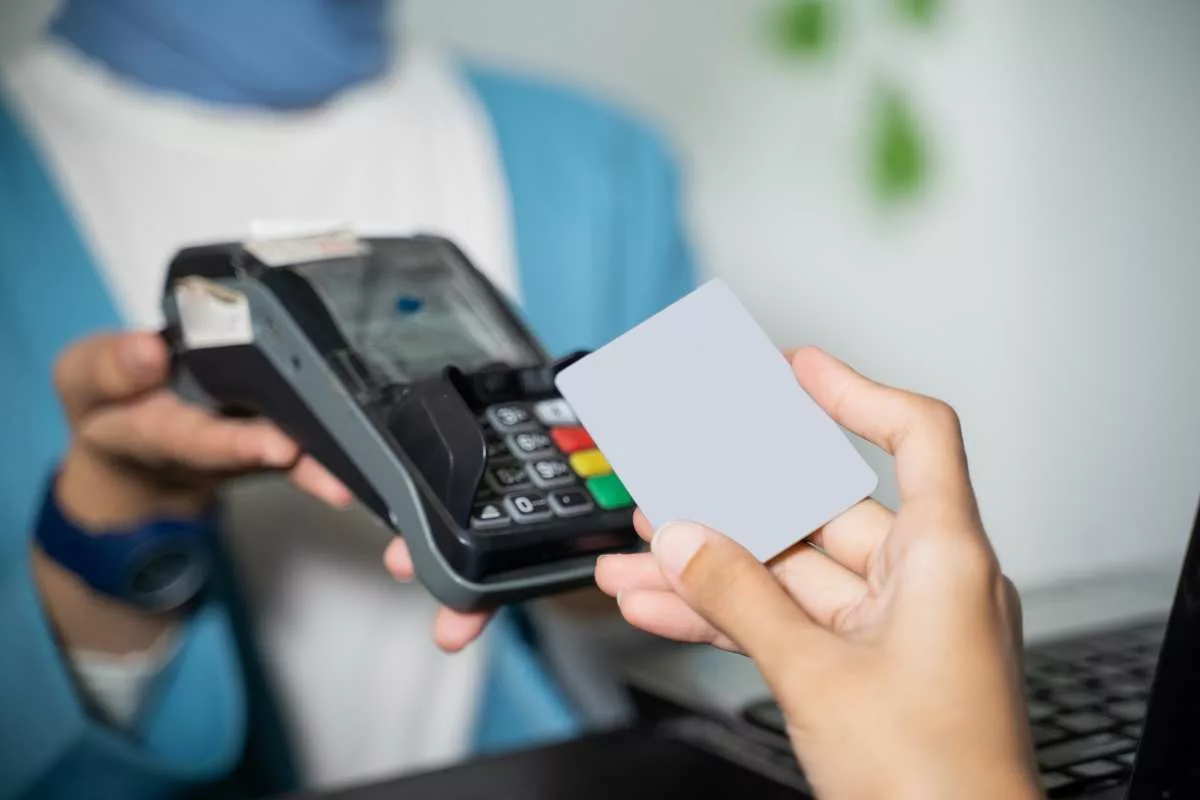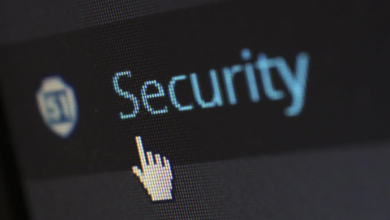EDC Machines: Must-Explore Payment Simplifying Solutions

Do you know what is trending in India right now? It’s the trend of cashless payments. Gone are the days when one would have to carry money since things have changed completely with the digital revolution.
If you haven’t yet jumped onto the bandwagon of this digital revolution, then it is high time for you to start making payments using an Electronic Data Capture (EDC) machine. However, what exactly is an EDC machine? This blog will discuss the important details about this machine and what makes it so secure for payments. Let’s dive right in.
EDC Machine: An Overview
An Electronic Data Capture machine is commonly known as a card payment machine or mPOS swipe machine. It serves as a payment terminal that enables clients to swipe their payment cards. This ensures accurate payment processing for every business. It captures important data such as the cardholder’s name, card number, transaction amount, and more.
The information is then transmitted to the card issuer through various channels for authentication. In addition to guaranteeing secure transactions, the swipe machine also provides a comprehensive record of the transaction, including location, date, and time.
This dual function of the EDC machine ensures the rights and interests of both customers and merchants, making it an important tool for businesses that accept card payments.
Working with Electronic Data Capture Machines
An Electronic Data Capture machine plays an extremely important role in facilitating seamless and secure transactions. They also enhance customer satisfaction. If you are curious about how this machine works, here’s a step-by-step explanation.
- Card Insertion or Tapping
The customer inserts their debit or credit card into the slot or taps the contactless card in the designated area of the machine.
- Card Information Capture
The EDC machine reads the magnetic stripe on the card, collecting details such as card number, expiration date, and name of the cardholder.
- Authorisation Request
The card’s data is further transferred to the acquiring bank, which processes the merchant’s payments through the machine.
- Verification and Approval
After checking whether the data is valid and if there is an available balance, it will be verified first with its acquiring bank. If everything goes well, an approval message is sent to the EDC machine.
- Transaction Completion
On receiving an approval message, the mPOS swipe machine displays a confirmation message on its screen. But remember, the customer may need to add a PIN entry or signature to complete the transaction.
- Transaction Processing
After transaction completion, the machine sends a settlement message to the bank, which initiates the transfer of funds from the cardholder’s account. The merchant receives a receipt for the completed transaction.
EDC Machine Payment Security
Although using a debit or credit card reader is simple, there is a lot that goes into making this device secure. Ensuring payment security is paramount, and the card payment machine employs several measures for this purpose:
- Authentication of Identity
The user identity of the mPOS swipe machine is validated once it is connected to the server. An IP address will be assigned only to the authenticated EDC card machine. The bank’s POS host then checks transaction data to verify device access to the database.
- EDC Machine Protection
The card payment machines employ a single SIM card to avoid unwanted access. This is done by transforming the master key—the machine’s critical code—into a secret code and keeping it in a special part of the machine.
Even in the event that someone tries to tamper with the machine, this extra security measure guarantees the safety of the master key. The machine’s safety is ensured by these strong security measures, giving users peace of mind about the safe management of their money.
- Firewall
This digital protector reduces risks by thoroughly examining and stopping unsafe services. It protects sensitive data by acting as a barrier to stop unauthorised access.
A firewall acts as a watchful guardian, allowing only appropriate information to pass through and minimising potential risks. Overall, this process creates a far safer online transaction environment.
- PCI Certificate
Obtaining Payment Card Industry (PCI) certification is necessary for the official financial EDC machine to ensure the safety of credit card data. This certification is globally recognised as the gold standard for financial machinery security.
It acts as a seal of approval to reassure clients that their card information is handled carefully, setting the highest standards for protecting financial transactions. Being certified by PCI is evidence of the steadfast dedication to upholding the strictest guidelines for the safety of financial machinery worldwide.
- Electronic Signature
Payments made with a digital signature are both environmentally friendly and extremely secure. Upon completion of the transaction, the electronic signature will be entered into the system. Customers get the option to print the receipt, which has the electronic signature of the cardholder.
This enhances payment security and enables protection against counterfeiting, theft, and tampering.
Place Your Trust in a Secure Banking Partner!
When dealing with electronic transactions using an EDC machine, it is important to have a secure and reliable banking partner. Having a trustworthy financial institution in the background gives confidence in the security of financial transactions.
HDFC Bank is one such reputable institution that has shown dedication to innovation, security, and customer service. Choosing such a reputable bank with a proven track record ensures a smooth experience for both businesses and individuals.











